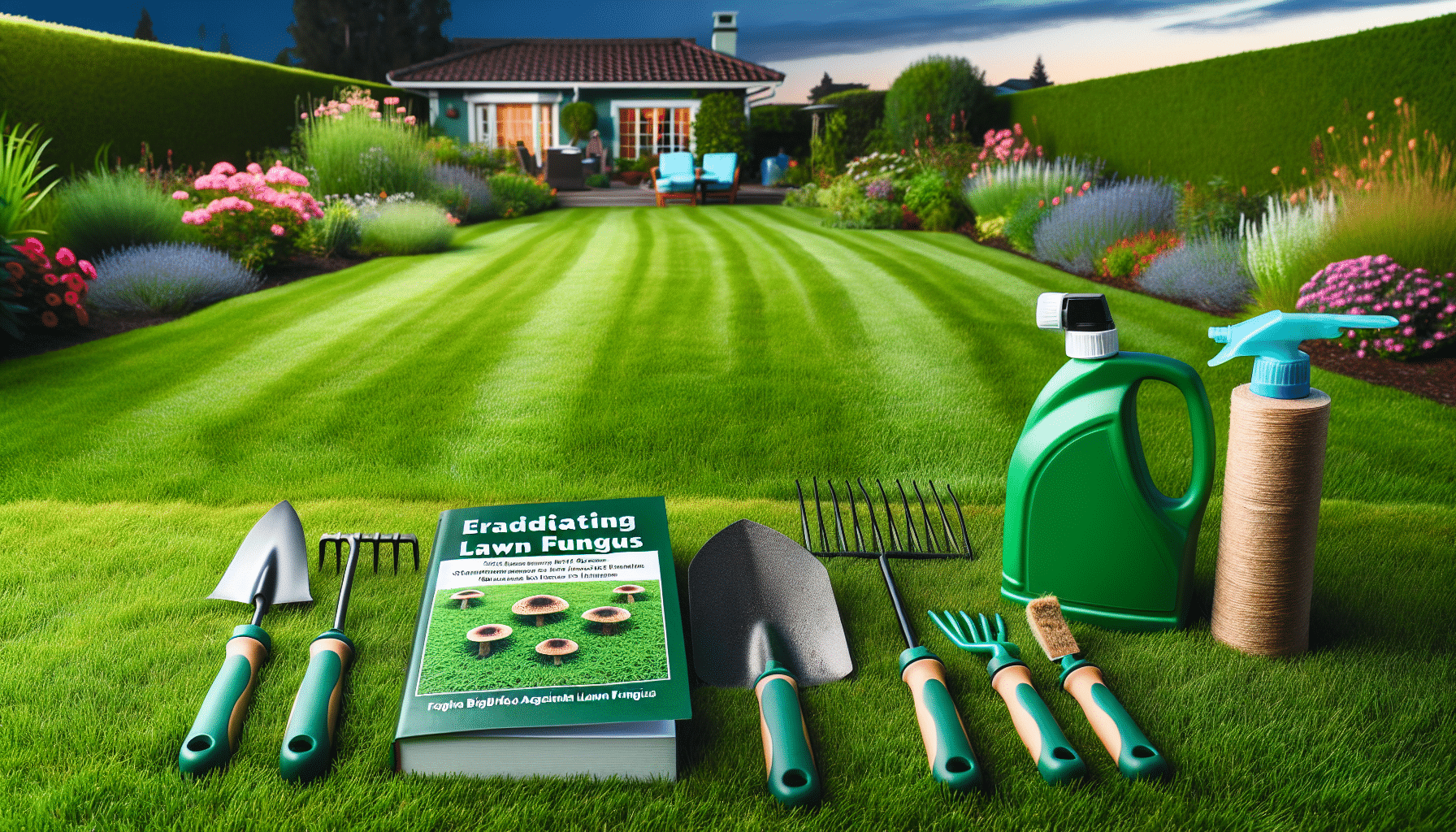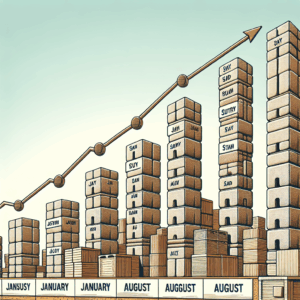The lawn fungus can become a real headache for gardeners and homeowners who want to maintain a healthy and aesthetically appealing garden. Fungal infections not only affect the appearance of the lawn but can also weaken the plants, impacting their growth and resilience. Fortunately, there are several effective strategies to eradicate these fungi and ensure that your garden remains in excellent condition.
One of the fundamental steps is to properly identify the type of fungus affecting the lawn. Some of the most common fungi include gray mold, dollar spot, and rust. Once the species has been identified, specific treatments can be applied to effectively eradicate the pest. Consulting a gardening specialist or an agricultural supply store can be key to obtaining the right fungicide.
Prevention plays a crucial role in the fight against fungi. Keeping the lawn well-aerated is essential, as poor air circulation can promote the development of fungal infections. To achieve this, soil aeration can be carried out, which involves perforating the lawn to allow air, water, and nutrients to penetrate the soil better. This process should be done at least once a year, preferably in spring or early fall.
Another vital aspect is proper watering. It is advisable to water the lawn in the early morning hours, as this allows the water to be absorbed before the temperature drops at night. Overwatering or watering late in the day can leave the lawn wet for too long, creating an ideal environment for fungi.
Additionally, avoiding over-fertilization is crucial, as excess nitrogen can promote the growth of fungal species. Using balanced fertilizers and following usage recommendations will help maintain a strong and resilient lawn.
The mowing height also influences the health of the garden. Maintaining an appropriate height when mowing the lawn is essential; cutting it too short can weaken it and make it more susceptible to diseases. The recommended height varies depending on the type of grass, but generally, it is suggested to keep it between 2 to 3 inches.
Finally, implementing crop rotations in garden areas and regularly collecting clippings and dead leaves can help prevent the accumulation of fungi. Cleaning and disinfecting gardening tools is another aspect that should not be underestimated, as contaminated tools can spread fungi to other parts of the garden.
Maintaining a healthy garden requires time and attention, but the reward of a beautiful lawn is a great incentive. By applying these recommendations, gardeners will be able to enjoy thriving green spaces free from fungi, enhancing not only the aesthetics of their homes but also their quality of life.
Referrer: MiMub in Spanish











